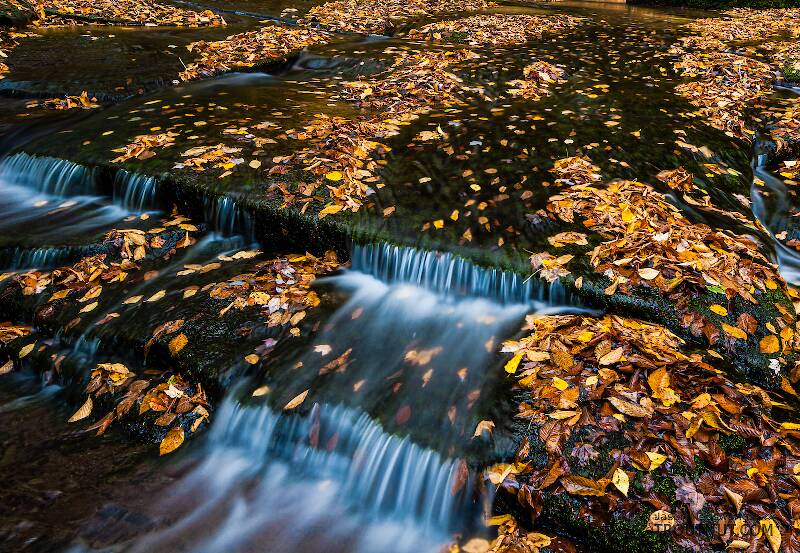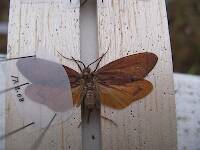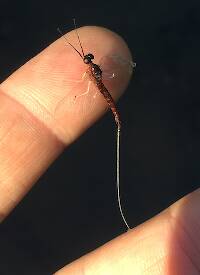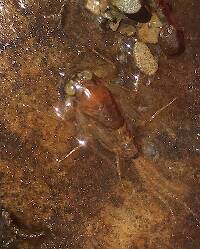
Hex Mayflies
Hexagenia limbata
The famous nocturnal Hex hatch of the Midwest (and a few other lucky locations) stirs to the surface mythically large brown trout that only touch streamers for the rest of the year.
Featured on the forum

With a bit of help from the microscope, this specimen keys clearly and unsurprisingly to Hydropsyche.

Troutnut is a project started in 2003 by salmonid ecologist Jason "Troutnut" Neuswanger to help anglers and
fly tyers unabashedly embrace the entomological side of the sport. Learn more about Troutnut or
support the project for an enhanced experience here.
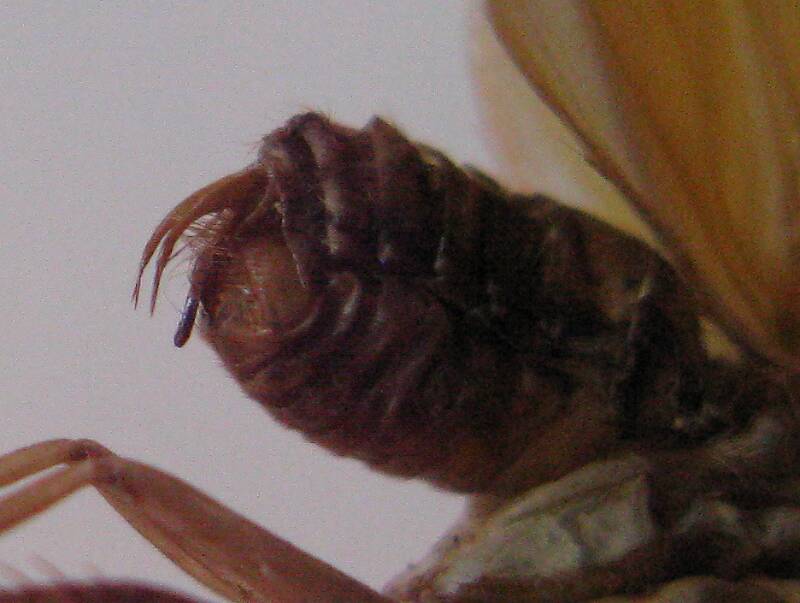
Taju on Nov 15, 2008November 15th, 2008, 8:05 pm EST
Hi again,
in the web I found the pictures of male genitalia of P. ocellifera and semifasciata, and I think that I also have some males of ocellifera. But what is this one?
in the web I found the pictures of male genitalia of P. ocellifera and semifasciata, and I think that I also have some males of ocellifera. But what is this one?
Creno on Nov 16, 2008November 16th, 2008, 5:03 am EST
If this is a North American phryganid I could propose either P. ocellifera or P. postica but that would mean that most of the parts are highly retracted. It doesn't seem likely that these two appendages (presumably the lateral arms of the 10th?)would be so obvious without some of the other appendages being visible as well. It just doesn't look right.
try a caudal and/or dorsal view if possible.
try a caudal and/or dorsal view if possible.
Taju on Nov 16, 2008November 16th, 2008, 7:21 am EST
Compared to P. ocellifera dorsal appendages are missing, they are very visible in my 3 ocellifera specimens. But I have 3 more similarly constructed male genitalia (in those specimens the forewing is darker than in ocellifera). I'll try to make more photoes.
Martinlf on Nov 16, 2008November 16th, 2008, 8:12 am EST
Whoa, and I thought Taxon could post up some racy pics. You caddis guys all must have dirty minds.
OK, just kidding! And mostly to pick on Roger some, who missed the latest round of razzing on this site. Auction me off, indeed!
In all seriousness, I am in awe of anyone who can identify caddis. Until I'm retired and have lots of time, I won't even pretend to begin to try.
OK, just kidding! And mostly to pick on Roger some, who missed the latest round of razzing on this site. Auction me off, indeed!
In all seriousness, I am in awe of anyone who can identify caddis. Until I'm retired and have lots of time, I won't even pretend to begin to try.
"He spread them a yard and a half. 'And every one that got away is this big.'"
--Fred Chappell
--Fred Chappell
Taxon on Nov 16, 2008November 16th, 2008, 8:54 am EST
Hi Louis-
Upon seeing this thread, and before anyone had responded to it, the first thing that crossed my mind was, oh oh, this will certainly exceed Louis's threshold for specificity.
Upon seeing this thread, and before anyone had responded to it, the first thing that crossed my mind was, oh oh, this will certainly exceed Louis's threshold for specificity.
Creno on Nov 16, 2008November 16th, 2008, 9:00 am EST
Careful what you say about us taxonomists. After all, once the fisherfolks started looking at fish food I think they stepped up from fish-squeezing to bottom-grabbing. And that photo is not even of the real parts :)
Quick Reply
Related Discussions
Topic
Replies
Last Reply
2
Feb 6, 2017
by Crepuscular
by Crepuscular
6
Apr 11, 2012
by Jmd123
by Jmd123
8
Jun 5, 2007
by Dinerobyn
by Dinerobyn
3
Jun 27, 2018
by Konchu
by Konchu

